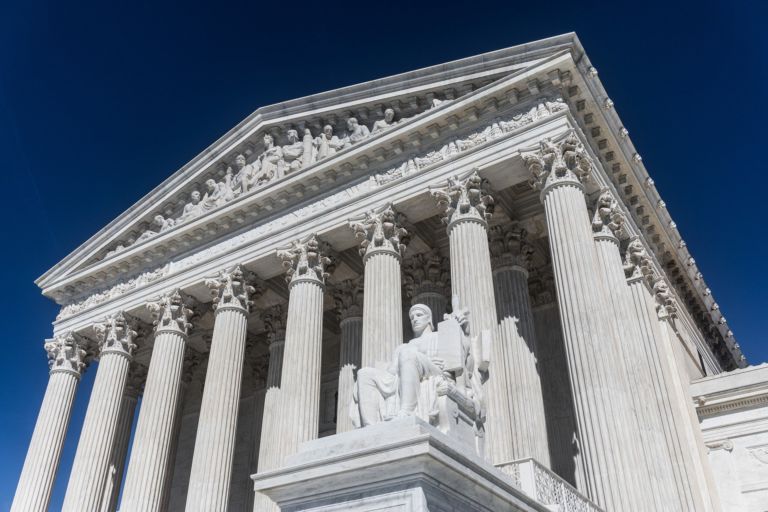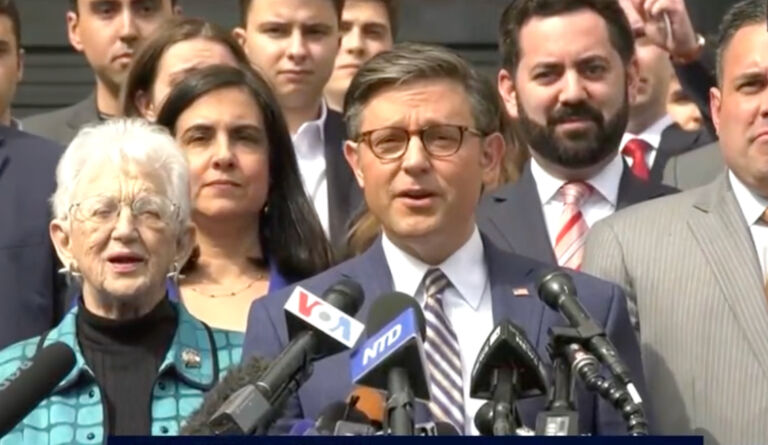A new report, funded by the North Carolina Chamber Foundation, makes what the Foundation and the report’s authors at the Institute for Transportation Research and Education (ITRE) obviously believe to be a strong case for new spending on highway infrastructure in North Carolina. The title of the study is "Diversifying Revenues to Improve Commerce and Economic Prosperity." The authors provide a convincing narrative making the case for increased infrastructure spending, particularly on roads. They invoke large amounts of data and useful information on everything from road conditions, current and future travel needs, and the negative effects of traffic congestion to spending on transportation infrastructure in North Carolina and other states. I have no basis or expertise from which to challenge any of this discussion or analysis. After all, I am an economist, while the lead author, Dr. Daniel Findley, a senior researcher with ITRE, has a Ph.D. in civil engineering, and this kind of analysis is well within his area of expertise.
The problem with the study occurs when Findley and his team of research assistants attempt to assess the "economic impact" of government transportation spending on several economic variables. These include job creation, employee compensation, and state GDP.
The study claims that for every $1 billion that is spent on infrastructure there will be over 14,000 jobs created and that $1 billion dollars will, as it works its way through the state economy, generate a whopping $10.3 billion in additional employee compensation and a total of nearly $11 billion in state GDP. In the language of economics, according to the ITRE report, government spending on transportation will have a multiplier of 11. For every 1 dollar the state spends on new roads, widening roads, bridges, streets, running trains, etc. there will be $11 dollars of output generated for the economy as a whole. Of course, with a return like this, there seems to be no reason why the state government shouldn’t invest its entire budget on new roads and similar projects. After all, for every dollar the state takes out of the economy through taxing and borrowing, $11 dollars will ultimately be returned to that same economy. And since the study posits no diminishing returns to such investments, it implies that there is no limit to the benefits that can be gained from such transfers.
The study was done using a proprietary statistical model called IMPLAN. This model is widely used by consultants who are hired by industry groups to demonstrate the economic "benefits" in a geographic area from government spending on that industry. Studies using IMPLAN are quite common, and they all suffer from the same fatal flaw. They ignore what all freshman economics students are taught on the first day of class, namely that resources are scarce, their usage always has opportunity costs, and consequently, "there’s no such thing as a free lunch." In other words, IMPLAN studies don’t actually measure economic impact, which would need to consider both the economic benefits and the opportunity costs of whatever spending project is being considered. Instead they, at best, measure what might be called gross, as opposed to net, economic benefits. I say at best because in large part these studies take a measure of the value of resources that go into production and count the payment of these costs to resource owners as benefits when in fact, from the perspective of economics, they are costs. Benefits come from the value of outputs not the cost of inputs. The implications of this for economic impact analysis are too extensive to go into within the context of this newsletter.
The only kind of studies that can measure actual economic impact are those that invoke cost-benefit analysis, where the value of the productive output generated by the investments is balanced against the opportunity costs. By opportunity costs economists mean the value that would have been created by alternative uses of resources — in this case, the money diverted through taxing and spending from some sectors of the economy to others.
This study does not do this, because the model that it invokes is not capable of doing this. First of all, there is no attempt to ask the most basic question that would be posed to any freshman class in economics: how else might the resources — land, labor, energy, asphalt, concrete, technology, etc. — that are going into the building of roads be used? In other words, what is the productive output that is not being generated in the private sector as a result of the taxes that are being paid to support the building of roads and other infrastructure spending? Indeed, if one simply reads through the study he could easily conclude that all the resources used by the industry would have been sitting idle had government spending not channeled them into road construction. In other words, the study assumes zero or close to zero opportunity costs. A dollar spent on widening a highway absorbs resources, labor and capital, that would be being used elsewhere if the taxpayer were allowed to keep that dollar and use it to his or her personal benefit. Real economic analysis would have to take account of this. This study not only does not attempt to do this, but it does not even recognize that these forgone opportunities exist.
In conclusion let me clarify that I am not saying that additional expenditures on roads and other transportation projects, especially if done with proper foresight, appropriate planning, and in the right areas of the state, will not, in fact, have a net positive economic impact. It is likely that very often they will. It is also the case that this analysis would have to be done at the margin, in other words on a case-by-case basis. A dollar spent on one project in a particular location may generate net social benefits, while that same dollar spent elsewhere on a different project may generate a negative return. Certainly the state should invoke real cost benefit analysis when making determinations about all transportation related policies. The problem is that this study, because of its flawed methodology, does not provide any real guidance for policy makers who rightfully should be concerned about the actual economic impacts of transportation spending.
Click here for the Economics & Environment Update archive.
You can unsubscribe to this and all future e-mails from the John Locke Foundation by clicking the "Manage Subscriptions" button at the top of this newsletter.


